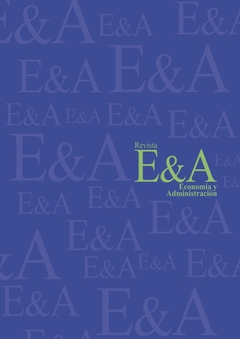Prospective model of energy demand in households in Honduras through the LEAP platform
DOI:
https://doi.org/10.5377/eya.v16i1.19636Keywords:
energy models, energy planning, LEAP, prospective modelsAbstract
This article focuses on the generation of models to assess residential energy demand in Honduras during the current period and the period 2022-2032, using the Low Emissions Platform (LEAP). LEAP is a technological system used to manage and optimize the generation of energy from renewable sources, such as solar and wind. The literature review indicates that several energy assessment models have been developed worldwide, including the Up-Down and Top-Down types, which evaluate energy systems at the micro and macro levels, respectively. In Honduras, the application of these models has been limited, generating the need to use a platform for the generation of prospective models that contribute to efficient energy planning. The research begins with a diagnosis of the current energy situation, specifically in the residential sector, then the LEAP platform process is applied to assess the energy demand in urban and rural households. In this way, models were built that represent the current energy system and future scenarios. The results indicate a high energy consumption in the biomass sector and an increase in energy demand in the period 2022 - 2032.
Downloads
230
Downloads
Published
How to Cite
Issue
Section
License

This work is licensed under a Creative Commons Attribution-ShareAlike 4.0 International License.
Los autores que publican en esta revista están de acuerdo con los siguientes términos:
- Los autores conservan los derechos de autor y garantizan a la revista el derecho de ser la primera publicación del trabajo al igual que licenciado bajo una Creative Commons Attribution License que permite a otros compartir el trabajo con un reconocimiento de la autoría del trabajo y la publicación inicial en esta revista.
- Los autores pueden establecer por separado acuerdos adicionales para la distribución no exclusiva de la versión de la obra publicada en la revista (por ejemplo, situarlo en un repositorio institucional o publicarlo en un libro), con un reconocimiento de su publicación inicial en esta revista.
- Se permite y se anima a los autores a difundir sus trabajos electrónicamente (por ejemplo, en repositorios institucionales o en su propio sitio web) antes y durante el proceso de envío, ya que puede dar lugar a intercambios productivos, así como a una citación más temprana y mayor de los trabajos publicados (Véase The Effect of Open Access) (en inglés).




